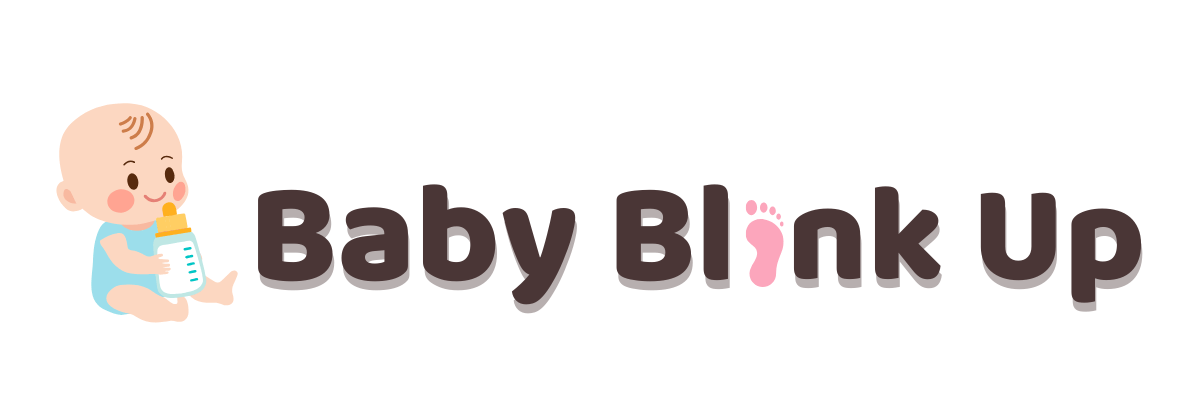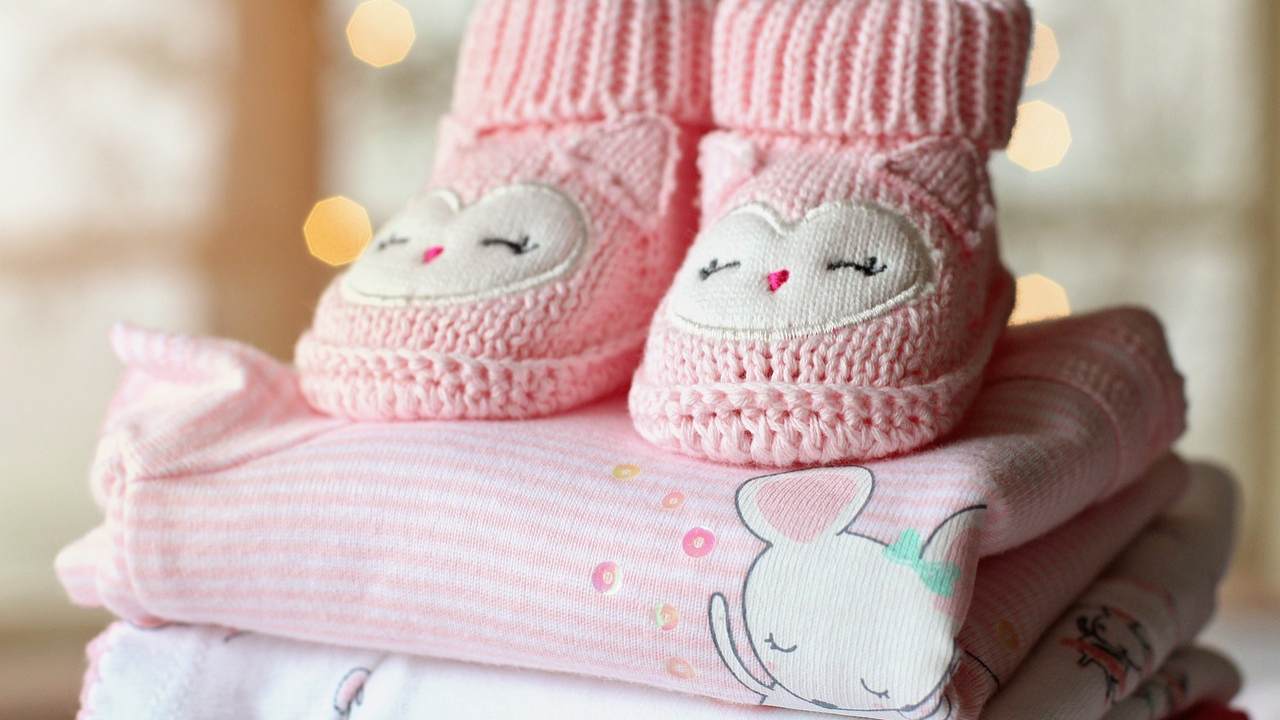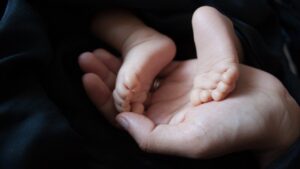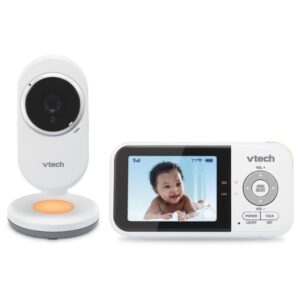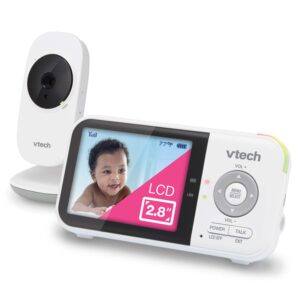As a parent, understanding your baby’s clothing needs is essential to keeping them comfortable and happy. Newborns grow rapidly, leaving many parents asking, “When should I stop buying newborn clothes?” This practical guide covers everything from identifying the signs your baby has outgrown their clothes to tips on buying the right sizes.
Learn how to manage this transition while avoiding unnecessary purchases, ensuring your baby has a wardrobe that fits their changing needs.
Practical Tips on When Should I Stop Buying Newborn Clothes
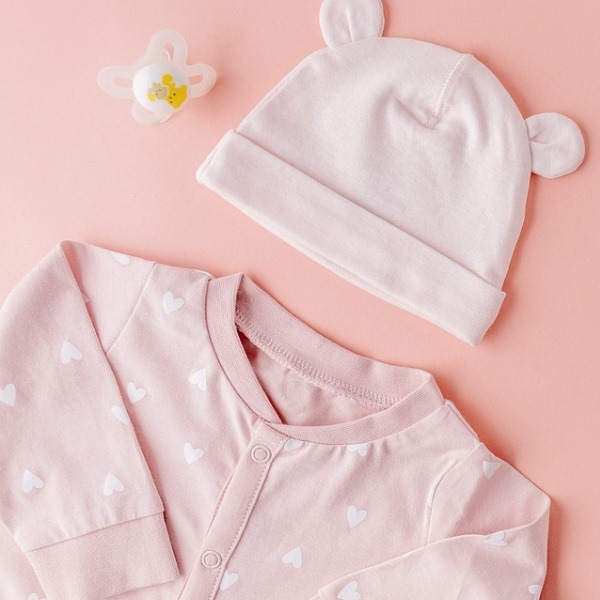
How Long Do Newborns Wear Newborn Clothes?
Babies outgrow their newborn clothes surprisingly quickly. Most newborn clothes are designed for babies weighing up to 8 pounds, but growth rates vary:
- Average wear time: Babies generally wear newborn clothes for 2 to 8 weeks, depending on their birth weight and growth.
- Larger newborns: Babies born heavier than 8 pounds may need 0–3 month sizes from the start.
- Growth spurts: In the early weeks, babies grow fast, sometimes outgrowing clothes in just days.
Planning ahead by keeping a mix of newborn and larger sizes ensures you’re prepared for these rapid changes.
Signs Newborn Clothes No Longer Fit
Knowing when to stop using newborn clothes is key to keeping your baby comfortable. Look out for these signs:
- Tight clothing: If outfits are hard to fasten or feel snug, your baby has likely outgrown them.
- Restricted movement: Clothes that limit stretching or kicking are too small.
- Red marks: Skin indentations from tight elastic or seams indicate a poor fit.
- Diaper difficulties: If it’s hard to fit a diaper under the outfit, it’s time for a size upgrade.
Paying attention to these cues ensures your baby’s comfort and helps avoid unnecessary wardrobe frustrations.
Baby Clothing Size Transition Guide
Understanding how babies grow and transition through clothing sizes helps parents avoid overstocking or wasting clothes. Many parents wonder, when should I stop buying newborn clothes, as babies quickly outgrow them. This guide simplifies the process:
- Newborn Size (0-3 Months): Designed for babies up to 8-10 pounds. Outgrown in 6-8 weeks.
- 0-3 Months Size: Fits most newborns and lasts until around 3 months or when the baby reaches 12-14 pounds.
- 3-6 Months Size: Suitable for babies 12-16 pounds. Often lasts until the baby is 6 months old.
Table of Size Transition Guide
| Size Range | Approx. Baby Weight | Approx. Age Range | Duration Before Transition |
|---|---|---|---|
| Newborn | Up to 10 lbs | 0-1 Month | 6-8 Weeks |
| 0-3 Months | 10-14 lbs | 0-3 Months | 3 Months |
| 3-6 Months | 14-18 lbs | 3-6 Months | 3 Months |
Monitor growth to assess when a size transition is needed and avoid unnecessary purchases.
Tips for Buying Baby Clothes Wisely
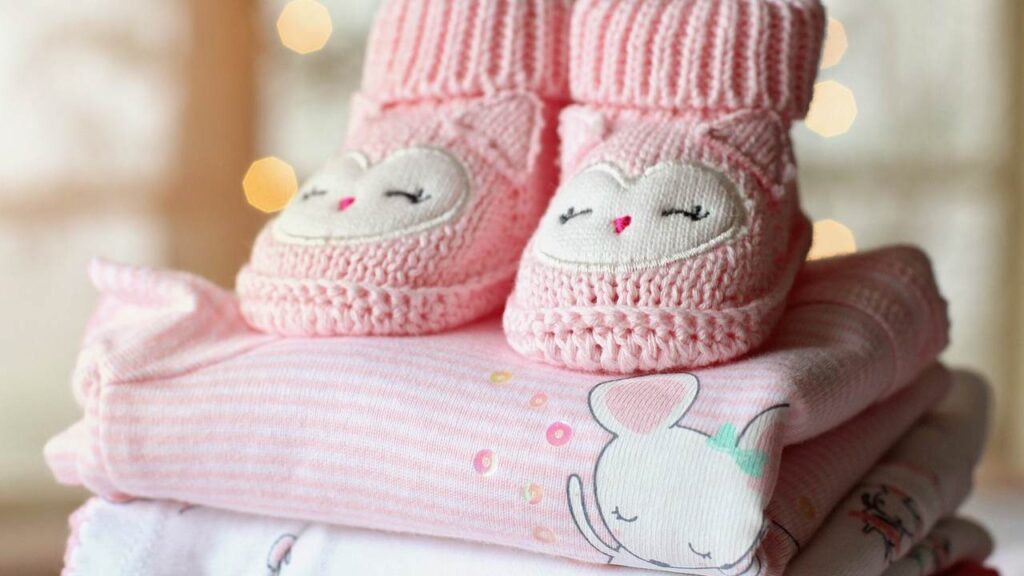
Avoid overspending on baby clothes by following these practical tips:
- Start small: Purchase only a few newborn-sized outfits since they’ll be quickly outgrown.
- Think ahead: Buy larger sizes early to prepare for growth spurts.
- Choose comfort: opt for soft, breathable fabrics like cotton to prevent skin irritation.
- Pick practical designs: Clothes with snaps or zippers make diaper changes easier.
- Consider second-hand options: Babies grow fast, so gently used clothes can save money.
By focusing on quality over quantity, you’ll ensure your baby has what they need without wasting resources.
Why Newborn Clothes May Not Be Necessary for Long
While adorable, newborn clothes often have a short lifespan in your baby’s wardrobe. Here’s why:
- Rapid growth: Babies can gain up to an ounce per day in their first month, quickly outgrowing newborn sizes.
- Gifts from others: Friends and family often gift newborn clothes, reducing the need to buy more.
- 0–3 month flexibility: These larger sizes offer better value and can often fit from birth.
Keeping this in mind can help you avoid overbuying and focus on practical purchases.
Healthy Habits for Managing Baby Clothing Needs
Managing your baby’s wardrobe effectively ensures they always have clothes that fit without unnecessary clutter.
- Organize sizes: Arrange clothes by size for easier access as your baby grows.
- Declutter regularly: Remove outgrown clothes and either store, donate, or repurpose them.
- Track growth: Keep an eye on your baby’s weight and length to anticipate size changes.
By staying organized, you’ll make size transitions seamless and stress-free.
Related Article: 5 Initial Steps of Newborn Care Every Parent Should Follow
Conclusion
Determining “When should I stop buying newborn clothes?” comes down to understanding your baby’s growth and comfort needs. Babies grow quickly, often outgrowing newborn sizes within weeks. Focus on recognizing signs of tightness, preparing for size transitions, and buying clothes that accommodate rapid growth. By following these tips, you’ll save money, reduce waste, and keep your baby cozy as they continue to grow.
FAQ’s
How long do newborns typically wear newborn clothes?
Newborns usually wear newborn-sized clothes for 2–8 weeks. Larger babies may skip this size altogether and go straight to 0–3 months.
What are the signs that newborn clothes no longer fit?
Tightness, restricted movement, red marks, and difficulty accommodating diapers are clear signs that it’s time for a size change.
Can I skip newborn clothes and buy 0–3 months instead?
Yes, many parents opt for 0–3 month sizes as they last longer and can fit some newborns from birth, especially larger babies.
How can I avoid buying too many newborn clothes?
Start with a minimal wardrobe, anticipate rapid growth, and focus on versatile, comfortable pieces.
What should I do with outgrown newborn clothes?
You can donate, gift, or store them for future use if you plan to have more children.
